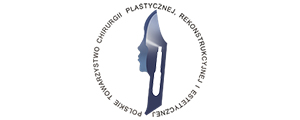VOLTAR
IMCAS World Congress 2019
IMCAS World Congress 2019
Programa
S025
What’s new in genital injection treatments (in collaboration with ISGAR & PSPRG)
Sala: Room 242 (level 2)
Data: quinta-feira 31 janeiro 2019 de 08:30 às 09:30
Formato: FOCUS SESSION > lectures covering a major topic of the congress
Data: quinta-feira 31 janeiro 2019 de 08:30 às 09:30
Formato: FOCUS SESSION > lectures covering a major topic of the congress
Apresentações desta sessão
| Horas | Palestrantes | Título da apresentação | Resumo | Número |
| 08:30 | Presentation of ISGAR | 83143 | ||
| 08:35 | Botulinum toxin: new indications in gynecology | 78271 | ||
| 08:45 | The use of hyaluronidase in gynecology | Visualizar | 78273 | |
| 08:55 | Presentation of PSPRG | 83145 | ||
| 09:00 | Combined treatments in female genitalia: fillers & HIFU | Visualizar | 78275 | |
| 09:10 | Supercharged nano fat with PRP for vulvovaginal atrophy | Visualizar | 78277 | |














